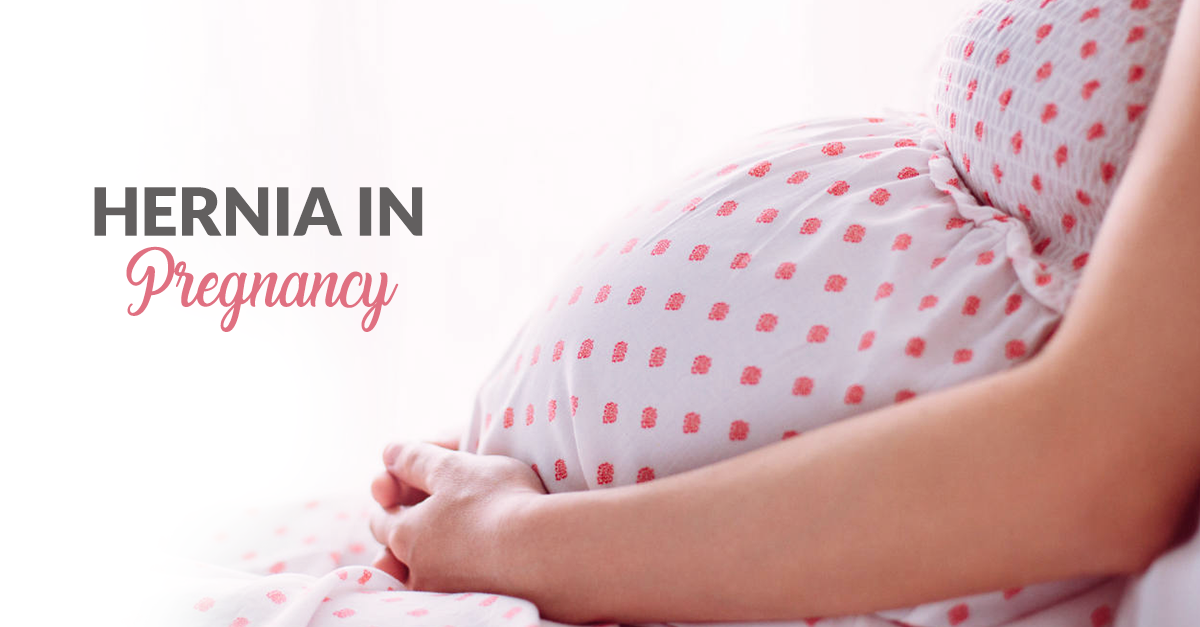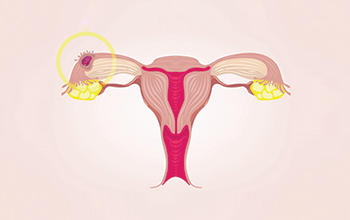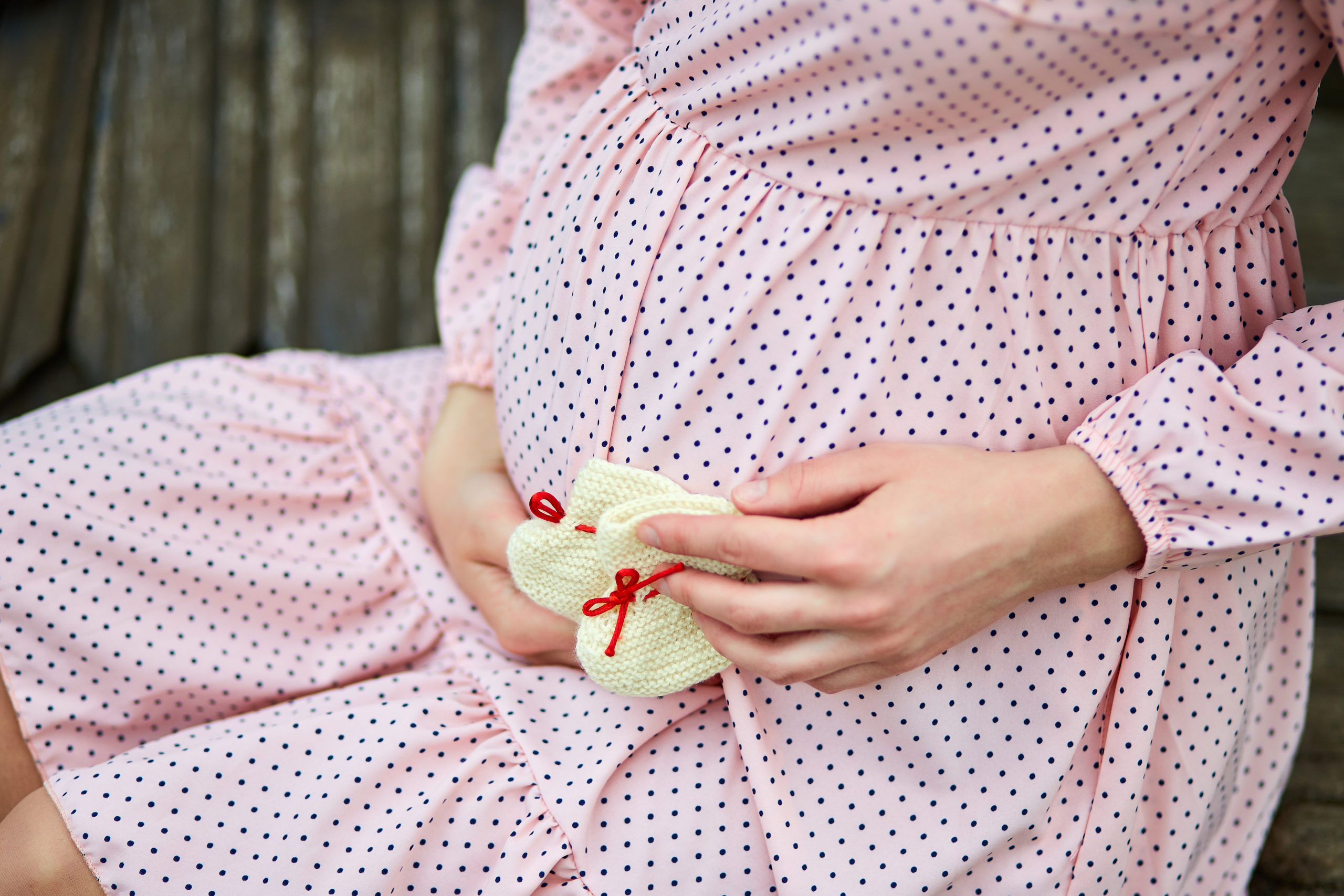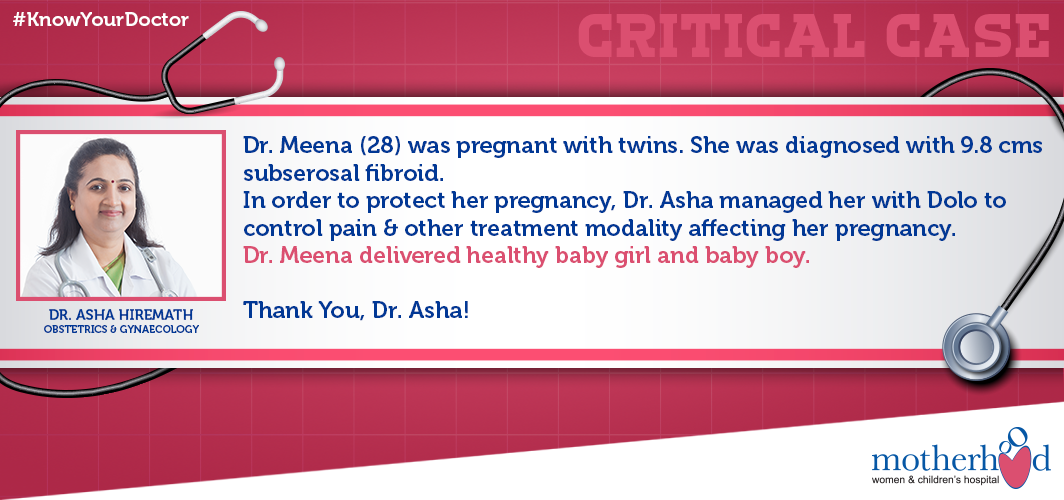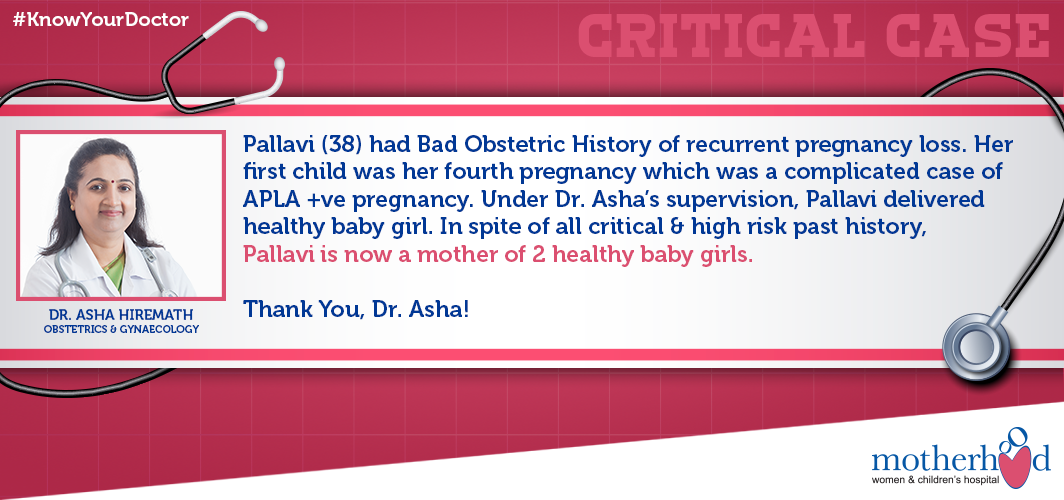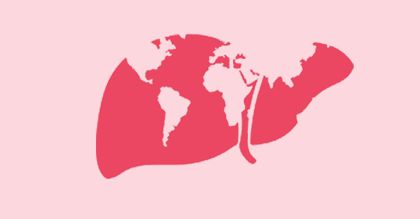28th July is recognized as World Hepatitis Day; and today we would help you understand the common causes and Effect of Hepatitis in Pregnancy.
Hepatitis is an infection and inflammation of the liver caused by a virus. Jaundice during pregnancy is mainly caused by Hepatitis.
Normally, being pregnant will not hasten the disease process or make it worse, unless a woman has hepatitis E.
Most of the times pregnant women are completely unaware that they have been infected with a hepatitis virus. Usually this is because any symptoms of the illness may only be felt or at times there are no symptoms at all. Good antenatal care and blood screening are important during pregnancy, to avoid and cure it at an early stage.
The common types of Hepatitis are:
Hepatitis A :
Hepatitis A is transmitted by the oral-fecal route, such as from contaminated water or diapers. The main treatment is rest and a nutritious diet, and usually the woman will recover within a month or two. If a newborn is exposed, the infection is usually mild and they will have a lifelong immunity to the disease. If a pregnant woman gets exposed, she will be given immune gamma globulin (IG) to help protect her from getting the disease. It is always recommended to the pregnant ladies who plans a travel to get immunized.
Hepatitis B:
Hepatitis B is one of the most highly transmitted forms of hepatitis from mother to child around the world. Usually, the disease is passed on during delivery with exposure to the blood and fluids during the birthing process.
When the infant is born, the newborn will receive hepatitis B immune globulin at birth, and should be vaccinated with a hepatitis B vaccine at one week, one month, and six months after birth.
Hepatitis C:
Hepatitis C occurs if a person is exposed through transfusions, contaminated needles, or injected drug use. Mostly women become pregnant during the years between 20 and 40, which is also the age group in which the incidence of hepatitis C, hence screening for hepatitis C before and during pregnancy is done. The risk of a pregnant woman passing the hepatitis C virus to her unborn child is generally low and has been related to the levels of quantitative RNA levels in the mother??s blood.
Hepatitis E:
Hepatitis E is a rare and sporadic viral infection of the liver. Its risk of transmission is highest in regions where there are low standards of sanitation. It is transmitted via the fecal-oral route through contaminated water. When this illness affects pregnant women, they may experience a more severe form of illness, which may possibly lead to acute liver failure.
1. What are the signs of hepatitis during pregnancy?
Common signs of Hepatitis are:
- Nausea and vomiting
- Loss of appetite
- Fever
- Abdominal pain
- Yellowing of the skin and the whites of the eyes.
The problem is, depending on the type of virus, symptoms might not show up for months after infection, or you may have no symptoms at all.
2. How can we analyses that a person is infected with hepatitis during pregnancy?
Blood Test can indicate the presence of hepatitis. There are blood tests which can also show the liver condition.
3. How will hepatitis affect the unborn baby?
The baby would be fine throughout the pregnancy. Some risk factors involve only during the time of birth. That??s why all pregnant women are tested for hepatitis B. If the test shows the mother has been infected, doctor will take steps to minimize the baby’s chances of infection.
Obstetrics & Gynaecology


 Toll Free Number
Toll Free Number








